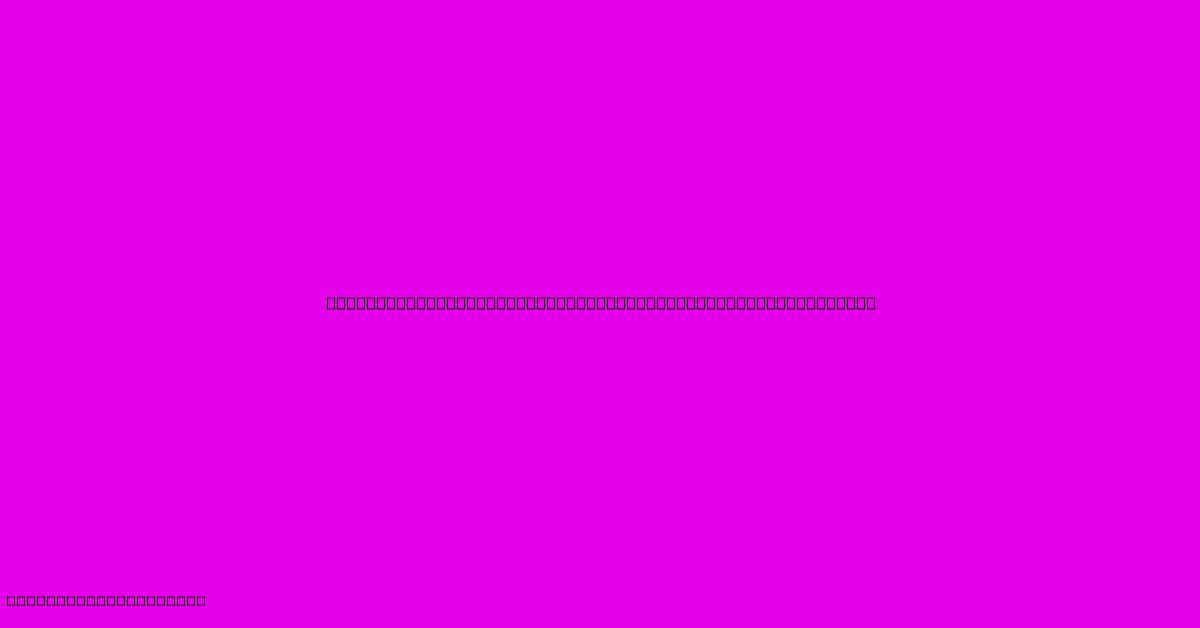Difference Between Woven And Non Woven Landscape Fabric

Table of Contents
Woven vs. Non-Woven Landscape Fabric: Which is Right for Your Garden?
Choosing the right landscape fabric can significantly impact the success of your gardening projects. Two primary types dominate the market: woven and non-woven fabrics. While both serve the purpose of weed control and soil improvement, understanding their key differences is crucial for making an informed decision. This article will delve into the specifics, helping you determine which fabric best suits your needs.
Understanding Woven Landscape Fabric
Woven landscape fabrics are constructed by weaving individual strands of polypropylene or other synthetic materials together, creating a tightly knit structure. Think of it like a tightly woven piece of cloth. This interlacing process results in a durable, strong fabric with several advantages:
Advantages of Woven Landscape Fabric:
- High Durability & Longevity: The interwoven structure provides exceptional strength and resistance to tearing and punctures. This means a longer lifespan compared to non-woven alternatives, making it a worthwhile investment for long-term projects.
- Excellent Weed Barrier: The tight weave effectively prevents even the most persistent weeds from penetrating. This minimizes weed growth and the need for constant weeding.
- Stronger Tensile Strength: This characteristic is crucial for applications involving heavy loads or significant soil movement. It holds up better under pressure than non-woven fabric.
Disadvantages of Woven Landscape Fabric:
- Higher Cost: Woven fabrics generally cost more than non-woven options due to their more complex manufacturing process.
- Less Breathable: The tight weave can restrict airflow and water penetration, potentially affecting soil moisture and plant health. Proper drainage is vital when using woven fabric.
- Less Flexible: The rigid structure can make it more challenging to work with, especially when covering irregular terrains.
Understanding Non-Woven Landscape Fabric
Non-woven landscape fabrics are created by bonding or thermally fusing fibers together, rather than weaving them. This produces a softer, more flexible material with distinct properties.
Advantages of Non-Woven Landscape Fabric:
- Lower Cost: Its simpler manufacturing process makes it a more budget-friendly option.
- Better Air & Water Permeability: The less dense structure allows for better air circulation and water drainage, promoting healthier soil conditions. This is beneficial for root development and overall plant health.
- More Flexible & Easier to Install: Its flexibility allows for easier installation around curves and obstacles.
Disadvantages of Non-Woven Landscape Fabric:
- Lower Durability: It's less resistant to tearing and punctures than woven fabric, requiring more careful handling and potentially needing replacement sooner.
- Less Effective Weed Barrier: While effective against smaller weeds, it may not completely stop the growth of persistent, aggressive weed species. You might need to combine it with other weed control measures.
- Potential for Decomposition: Some non-woven fabrics are susceptible to degradation over time, especially if exposed to UV light. Choose a UV-resistant option for longer lifespan.
Choosing the Right Fabric: A Quick Comparison Table
| Feature | Woven Landscape Fabric | Non-Woven Landscape Fabric |
|---|---|---|
| Durability | High | Low |
| Cost | Higher | Lower |
| Weed Barrier | Excellent | Good (but may require additional measures) |
| Breathability | Low | High |
| Flexibility | Low | High |
| Lifespan | Longer | Shorter |
Conclusion: The Best Choice Depends on Your Needs
The choice between woven and non-woven landscape fabric ultimately depends on your specific project requirements and budget. Woven fabrics are ideal for long-term projects, demanding applications, and areas where aggressive weed control is paramount. Non-woven fabrics are a cost-effective option for less demanding projects, where breathability and ease of installation are prioritized. Consider the pros and cons carefully to select the best fabric for a thriving and weed-free garden. Remember to always check product specifications for UV resistance and expected lifespan.

Thank you for visiting our website wich cover about Difference Between Woven And Non Woven Landscape Fabric. We hope the information provided has been useful to you. Feel free to contact us if you have any questions or need further assistance. See you next time and dont miss to bookmark.
Featured Posts
-
Letby Case Medical Experts Dispute
Feb 05, 2025
-
Bathroom Exhaust Fan With Light And Night Light
Feb 05, 2025
-
Landscaping Point Pleasant Nj
Feb 05, 2025
-
Phoenix Bathroom Cabinets
Feb 05, 2025
-
Chrome And Black Bathroom
Feb 05, 2025